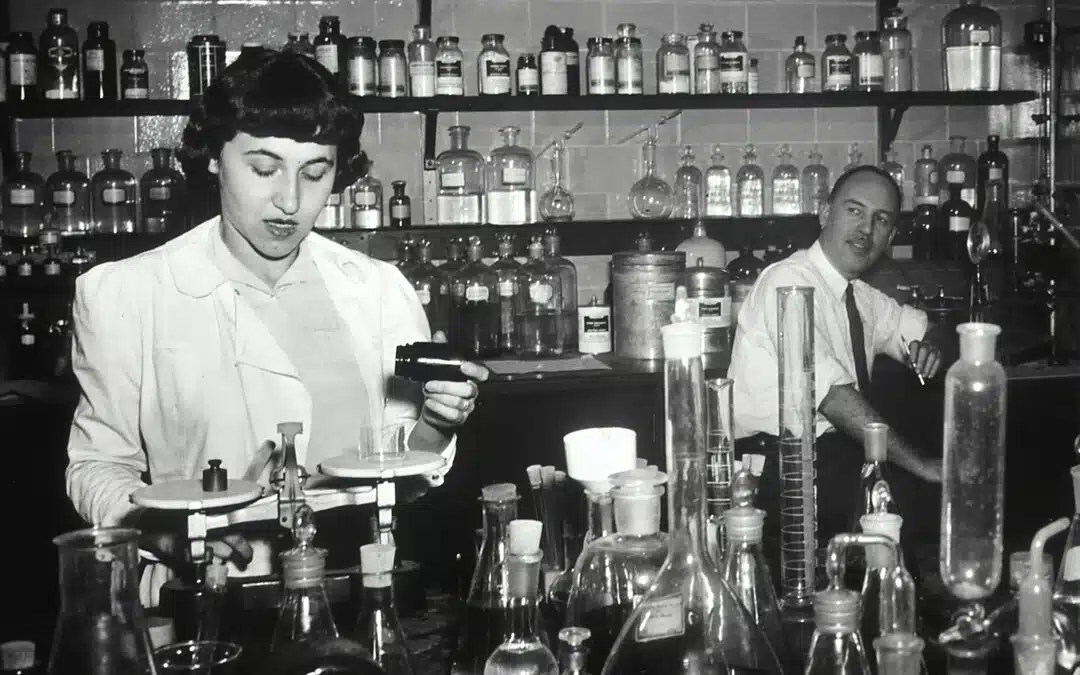These roomies lurk within the pipes of your home or apartment. Mind you, I mention only a few of the many contaminants found in my suburban Boston town’s water. Your local water could be worse.
Think not? Your municipal water report says that it meets or exceeds all the established guidelines. Year in and year out. Take no comfort there. That’s an extremely low measure of quality. Currently, the EPA regulates about one tenth of one percent of the more than 85,000 chemicals that fall under the Toxic Substances Control Act. It has established standards for only 90 regulated contaminants. Your water can contain a multitude of other contaminants and still be deemed clean or, even, “safe to drink.”
Let’s not even talk about micro and nano plastics!
Don’t count on this governmental oversight changing anytime soon. The EPA’s Office of Water has not added a new substance (contaminant) to its regulated list in nearly twenty years. Even for substances that are regulated by the EPA, their legal limits are often based on outdated science. The limits for nitrate content in water, for instance, date back to the Kennedy administration. Yet rising levels of nitrates in drinking water, due primarily to fertilizer runoff, is a growing nationwide problem. Also troubling is that fact that the EPA determines contaminants’ regulatory standards based on their individual harms. As anyone who took high school chemistry knows, chemicals combine to form quite different compounds. Yet, the additive effect of chemicals in the water supply has not been considered.
Worried? I hope so. Take a moment to use this link to find out what’s in your town’s water. This links to results from independent studies performed by the Environmental Working Group. The studies date to 2021 but, rest assured, the contaminant levels in your local water quality have not gone down since.
Better, more extensive water filtration is the key. Town or city-wide filtration upgrades are an expensive/politically charged topic. Even when approved, these projects can take years to implement. So, don’t wait; it’s time to invest in better water filtration in your home.
After all, you have many more roommates than you think.

Peter has spent the past twenty-plus years as an acting/consulting CFO for a number of small businesses in a wide range of industries. Peter’s prior experience is that of a serial entrepreneur, managing various start-up and turnaround projects. He is a co-founder of Keurig.



